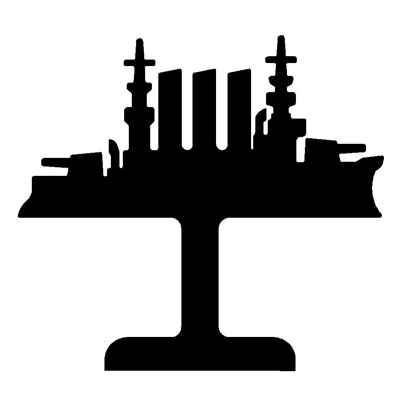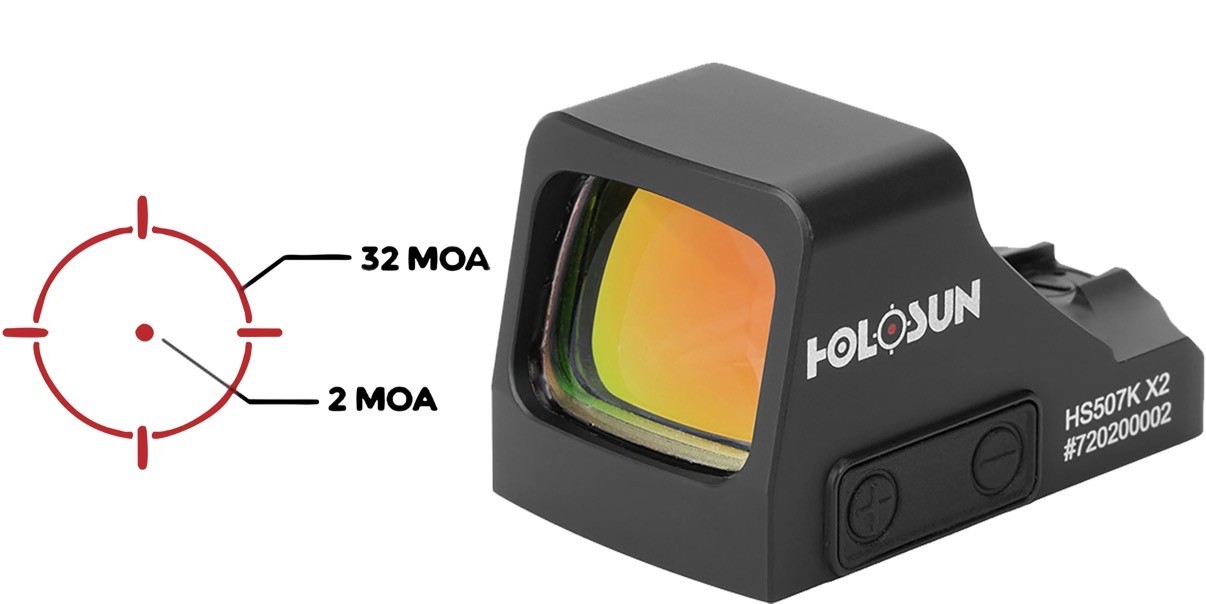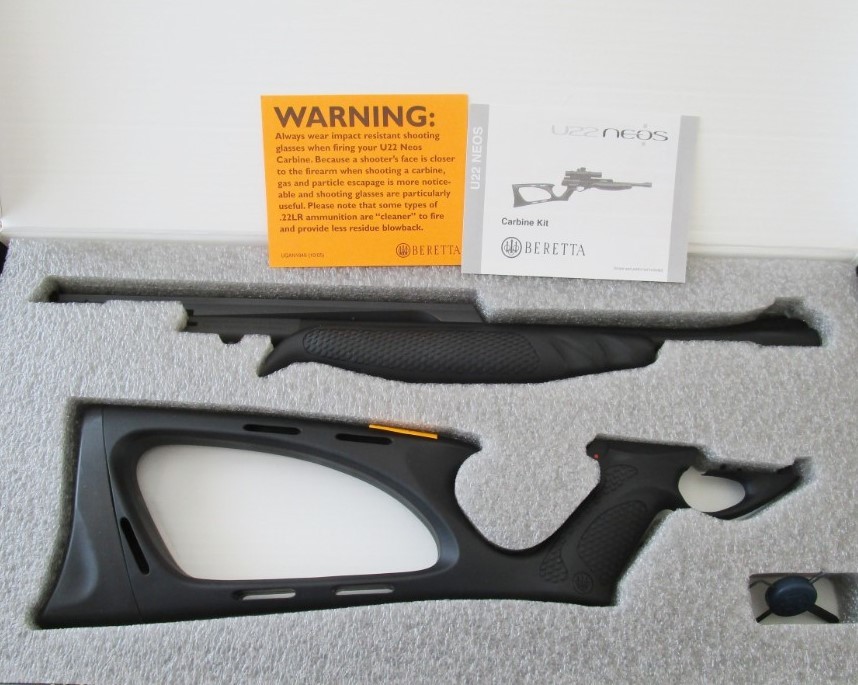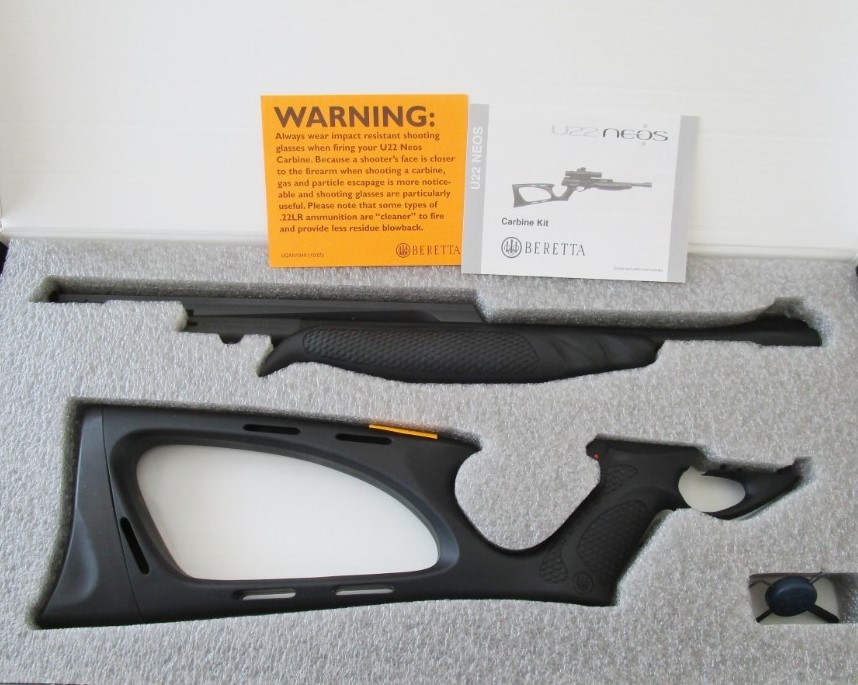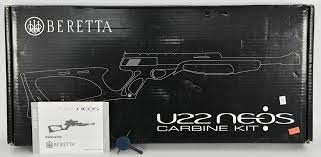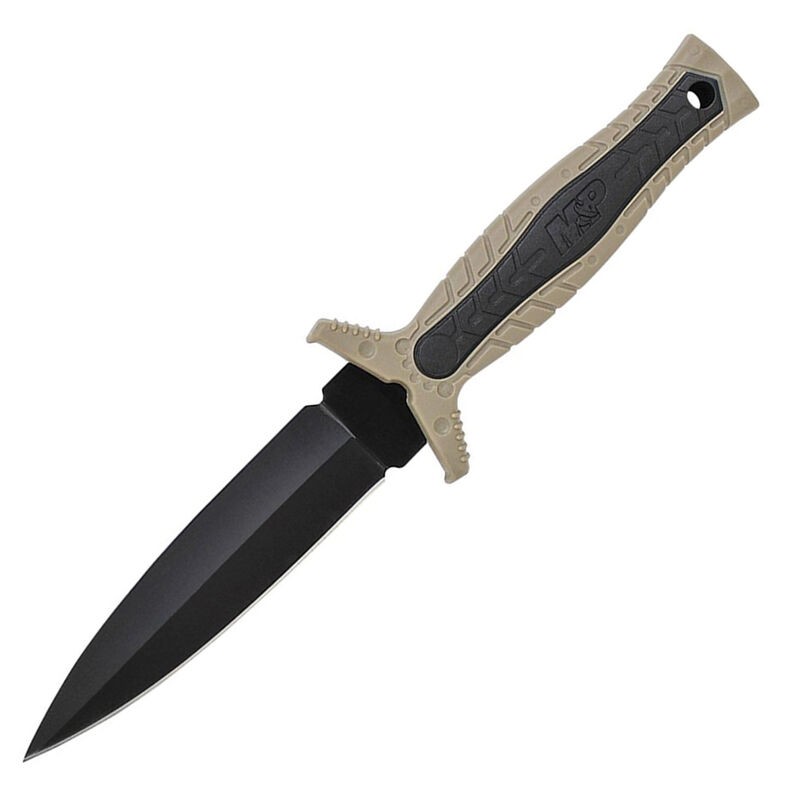Brooklyn -S
Hillman, MI
Made of 3/8 inch thick AR500 Armor Plate Steel 11.75 inch Tall | 12.5 inch wide | 6.5 Pounds Use with Small Spring BASE and Plate Rack ONLY
USS Brooklyn
The USS Brooklyn (CA-3) is widely considered to have been the most beautiful ship ever to have served in the US Navy. Designated an armored cruiser, she was the only US cruiser to be named at commissioning for a city rather than a state.
She was launched on 2 October 1895 by William Cramp and Sons Ship and Engine Building Company of Philadelphia, Pennsylvania. Her unique “tumblehome” sides (borrowed from French naval designers) were an impressive visual characteristic. This coupled with her tall funnels and beautiful lines made her stand out everywhere she went.
Brooklyn's first assignment was a special cruise to Britain with representatives of the U.S. for the Diamond Jubilee of Queen Victoria. She returned to the east coast in July 1897 and operated out of here and in the West Indies until becoming flagship of the Flying Squadron under Commodore W.S. Schley on 28 March 1898.
During the Spanish-American War, the Flying Squadron arrived off of Cienfuegos, Cuba on 21 May and established the blockade of that port. On 26 May, the Squadron arrived off of Santiago de Cuba, where the Spanish fleet was being held behind the protection of the forts. Brooklyn was a key vessel in the Battle of Santiago de Cuba on 3 July, in which the Spanish Fleet was destroyed. Although she was struck 20 times by enemy shells, Brooklyn suffered only one man KIA and one WIA. She played a key role in cutting off the escape of the Spanish fleet.
Brooklyn returned to Tompkinsville, New York, on 20 August where she cruised along the Atlantic coast and in Caribbean waters. She participated in the Spanish-American War victory celebration at New York on 5 October; and in the Dewey Celebration at New York in September 1899. She left Hampton Roads on 16 October and sailed via the Suez Canal to Manila, Philippine Islands, where she arrived on 16 December. She became flagship of the Asiatic Squadron and participated in the China Relief Expedition (8 July–11 October 1900) during the Boxer Rebellion. She cruised to the Dutch East Indies, Australia and New Zealand from 10 April-7 August 1901; and then on to Melbourne, Auckland, Wellington and Sydney.
She remained with the Asiatic Squadron until 1 March 1902, when she sailed for the United States via the Suez Canal and arrived at the New York Navy Yard on 1 May.
On 20 May 1902, Brooklyn was at Havana, Cuba for the ceremonies to transfer the authority on that Island from the United States Government to the Cuban Government. During the next four years, she cruised with the North Atlantic Fleet and the European Squadron. She was involved in the intervention in Syria from 8 September to 17 October 1903 as well as the intervention in Djibouti from 21 November 1903 to 18 January 1904.
The Brooklyn returned to New York on 26 May 1905. On 7 June, as flagship of Rear Admiral Charles Dwight Sigsbee, she sailed for Cherbourg, France, where the remains of the American Revolutionary War naval hero John Paul Jones were received aboard and brought back to America. Upon arrival at Annapolis, Jones' remains were transferred ashore to a receiving vault at the United States Naval Academy with appropriate ceremonies on 23 July.
Following a naval militia cruise (from 3–23 August 1905) and a tour in the Mediterranean (from 28 December 1905 – 8 May 1906), Brooklyn went into reserve at the League Island Naval Yard in Philadelphia on 16 May 1906. Except for a short period (from 30 June–2 August 1906) in commission for special service at Havana, Cuba, she remained in reserve until the spring of 1907. From 12 April – 4 December 1907, Brooklyn served as part of the permanent display at the Jamestown Exposition in Jamestown, Virginia. Following her return to Philadelphia, Brooklyn went into reserve again on 21 December.
Placed out of commission on 23 June 1908, she was commissioned again on 2 March 1914. She was assigned to the Atlantic Reserve Fleet and served as receiving ship at Boston Navy Yard from 24 July 1914 – 13 March 1915. She was placed in full commission at Philadelphia on 9 May 1915 and served on Neutrality Patrol around Boston Harbor until November, when she sailed to the Asiatic Station to serve as flagship for the Commander-in-Chief of the Asiatic Fleet. She attended to regular military and diplomatic duties in China, Japan and Russia until September 1919, when she became the flagship of Commander, Division 1, Asiatic Fleet.
Posted Thursday, Jun 8 2017
Approximation to protect seller's privacy
